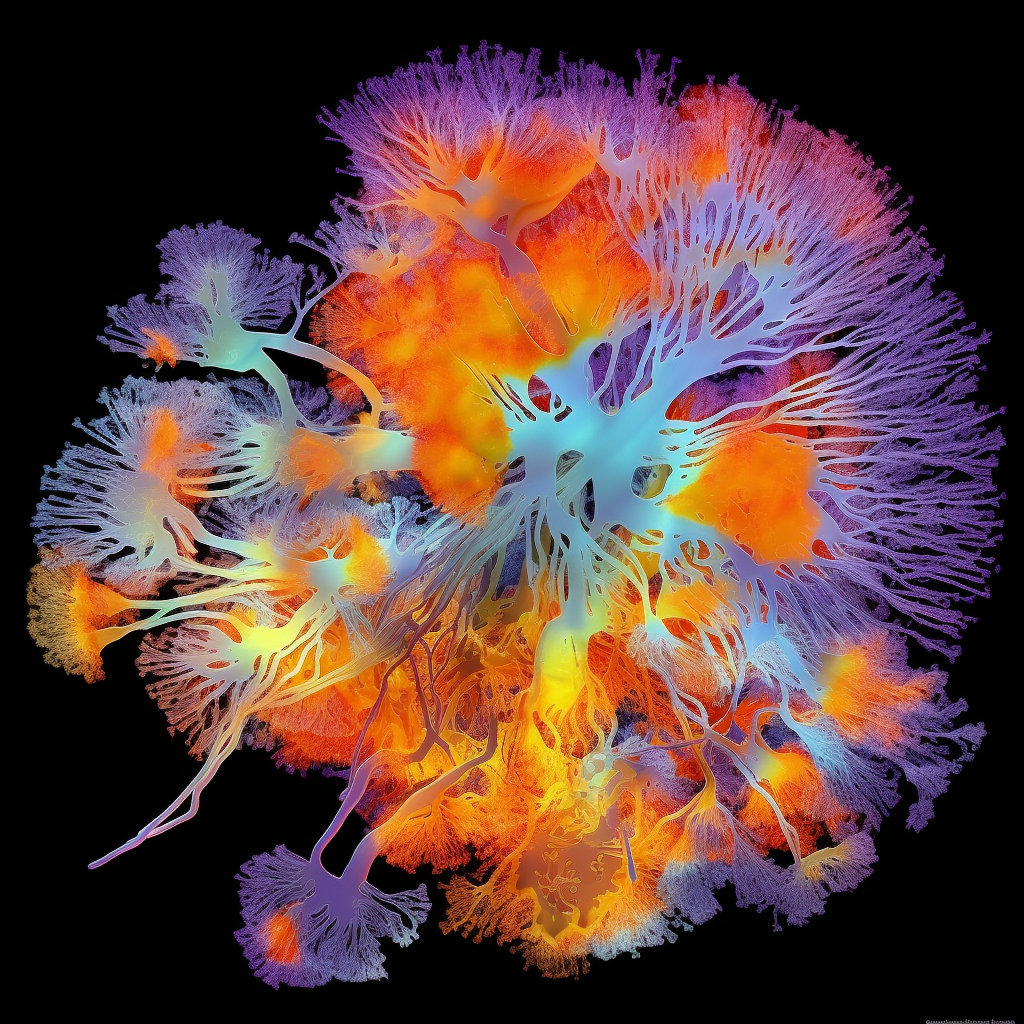Unlock Lucid Dreaming: Learn effective techniques, scientific evidence, and overcome challenges to achieve lucid dreams with ease.
Lucid Dreaming Induction Techniques: Exploring Methods and Effectiveness
Lucid dreaming, the ability to become aware and control one's dreams, has fascinated individuals for centuries. This article delves into the various techniques used to induce lucid dreams, including reality checks, mnemonic induction of lucid dreams (MILD), wake-induced lucid dreaming (WILD), and others. By understanding their effectiveness, supported by scientific evidence, and the potential challenges they pose, readers can enhance their ability to experience lucid dreams.
1. Reality Checks
Reality checks involve regularly questioning reality to develop the habit of doing the same within dreams. By consistently checking one's surroundings for inconsistencies or anomalies during waking hours, this practice carries over into dreams, increasing the likelihood of becoming lucid. Common reality checks include looking at clocks, reading text, or attempting to push fingers through solid objects.
2. Mnemonic Induction of Lucid Dreams (MILD)
MILD is a technique that utilizes intention-setting before sleep. Practitioners repeat a mantra, such as "I will recognize that I'm dreaming," while visualizing themselves becoming lucid within a dream. This technique enhances prospective memory and increases the chances of achieving lucidity during the dreaming state.
3. Wake-Induced Lucid Dreaming (WILD)
WILD involves transitioning from wakefulness directly into a lucid dream state without losing consciousness. This technique requires maintaining awareness while the body falls asleep. It often involves entering a state of sleep paralysis, where individuals experience temporary immobility while their mind remains awake. WILD can be challenging, but with practice, it offers a powerful method for inducing lucid dreams.
4. Other Techniques
Additional techniques, such as the use of lucid dreaming supplements, meditation, and keeping dream journals, can also aid in lucid dream induction. While supplements should be approached with caution and under professional guidance, meditation promotes relaxation and enhances self-awareness, while dream journals help in dream recall and identification of dream signs.
Effectiveness and Scientific Evidence
The effectiveness of lucid dreaming induction techniques varies among individuals. Scientific research has shown promising results for reality checks, MILD, and WILD, with studies demonstrating increased lucid dream frequency and success rates. However, further research is still needed to fully understand the mechanisms behind these techniques and their potential benefits for different populations.
Challenges and Considerations
While lucid dreaming induction techniques can be effective, they also present challenges. Some individuals may find it difficult to consistently perform reality checks or remember to practice the techniques. Moreover, achieving lucidity within dreams can be unpredictable, and the learning curve for techniques like WILD can be steep. Patience, persistence, and a regular practice schedule are vital for success.
Conclusion
Lucid dreaming induction techniques offer a pathway to unlock the potential of conscious dreaming. By incorporating reality checks, MILD, WILD, and other methods into a structured practice, individuals can increase their chances of experiencing lucid dreams. While scientific evidence supports the efficacy of these techniques, it is essential to adapt them to personal preferences and overcome potential challenges along the way. With dedication and perseverance, anyone can embark on the exciting journey of lucid dreaming.






